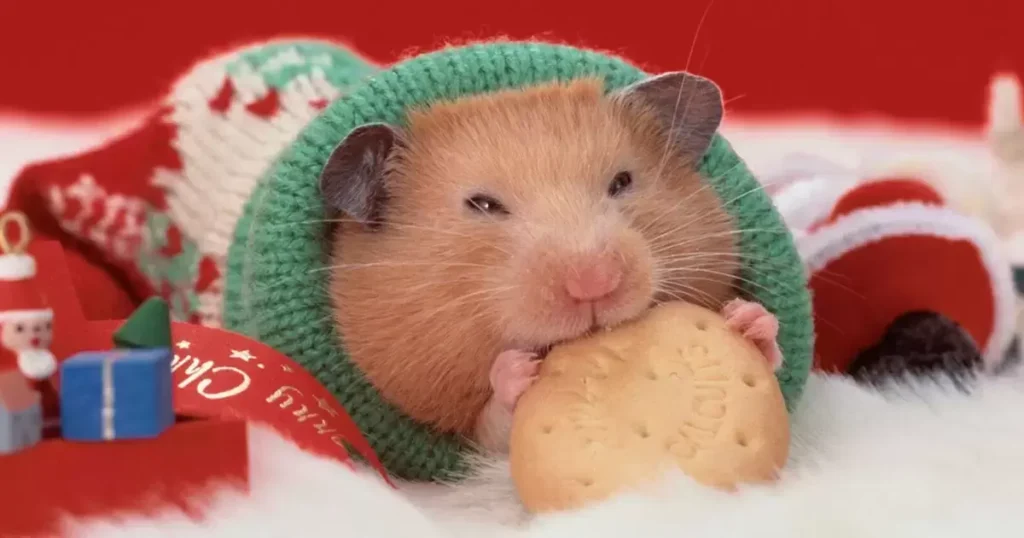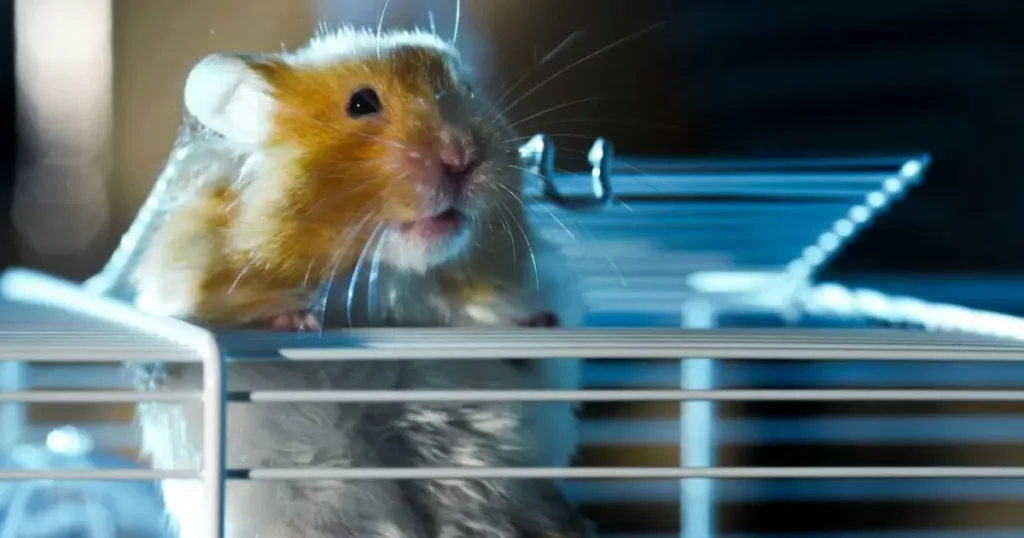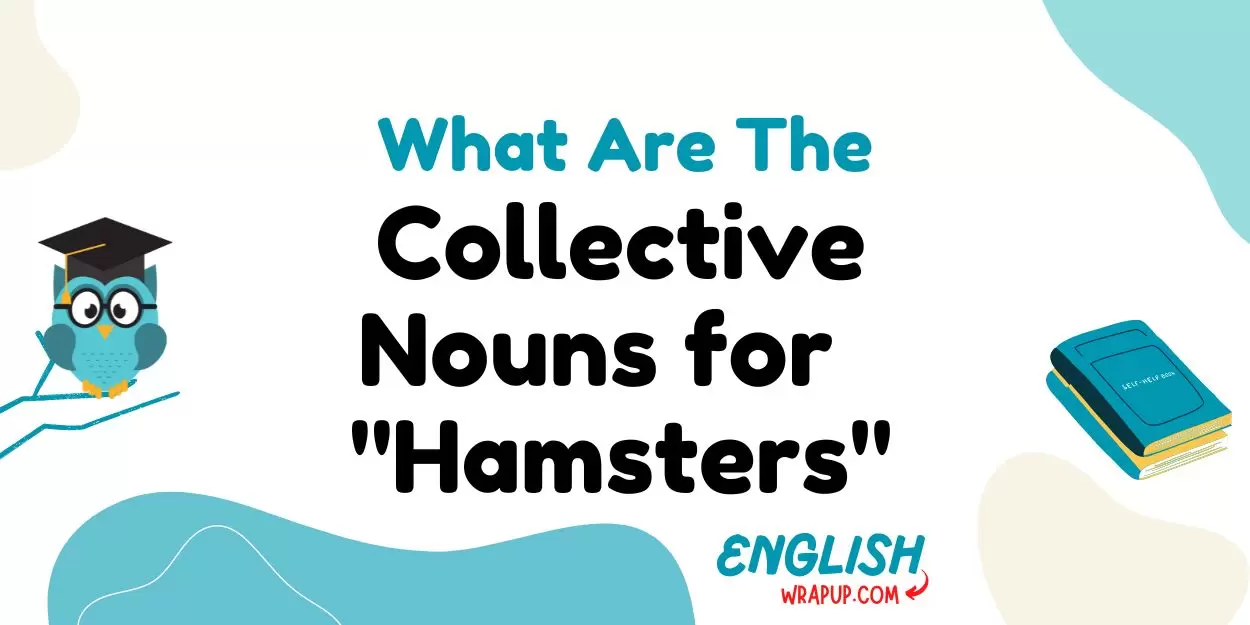Hamsters are adorable and popular small rodents known for their fluffy appearance and curious nature. While they are often kept as pets in solitary cages, hamsters can also be found in groups, particularly in their natural habitats.
In this article, we explore the collective nouns used to describe groups of hamsters, providing insights into their social dynamics and behaviors.
What Are Collective Nouns?
Collective nouns are words used to describe a group of individuals or things as a single entity. These nouns can refer to groups of people, animals, objects, and more. For example, a group of lions is called a “pride,” while a group of fish is known as a “school.”
Collective nouns offer a unique and descriptive way to represent groups, enriching our language with specific terms that capture the essence of collective entities.
Best Collective Nouns For Hamsters
- A horde of hamsters
- A mischief of hamsters
- A clan of hamsters
- A flurry of hamsters
- A huddle of hamsters
- A nest of hamsters
- A pack of hamsters
- A troop of hamsters
- A scurry of hamsters
- A whisker of hamsters
Collective Nouns List
A Horde of Hamsters
A horde of hamsters suggests a large, bustling group of these rodents, perhaps seen in their natural habitat.
Example Scenario
In the underground burrow, a horde of hamsters scurried about, their tiny paws digging tunnels and storing food for the winter ahead.

A Mischief of Hamsters
A mischief of hamsters implies a playful or mischievous group of these rodents, engaging in activities such as grooming or exploring.
Example Scenario
In the pet owner’s living room, a mischief of hamsters frolicked in their cage, their antics entertaining the entire family.
A Clan of Hamsters
A clan of hamsters refers to a close-knit group of these rodents, perhaps consisting of related individuals or those who share a common territory.
Example Scenario
In the cozy nest, a clan of hamsters nestled together, their warm bodies providing comfort and companionship to one another.
A Flurry of Hamsters
A flurry of hamsters suggests a rapid and energetic group of these rodents, perhaps seen during a feeding frenzy or while playing.
Example Scenario
In the pet store, a flurry of hamsters eagerly scrambled for treats, their whiskers twitching with excitement.
A Huddle of Hamsters
A huddle of hamsters implies a close gathering of these rodents, perhaps for warmth, safety, or social bonding.
Example Scenario
In the corner of the cage, a huddle of hamsters snuggled together, their soft fur providing comfort and security.
A Nest of Hamsters
A nest of hamsters describes a group of these rodents occupying a shared shelter or nesting area.
Example Scenario
In the burrow, a nest of hamsters rested peacefully, their rhythmic breathing echoing in the darkness.
What Are The Collective Nouns for “Cranes”
A Pack of Hamsters
A pack of hamsters suggests a cohesive and coordinated group of these rodents, perhaps working together to achieve a common goal.
Example Scenario
In the laboratory maze, a pack of hamsters navigated the twists and turns, their sharp senses guiding them toward the coveted reward.
A Troop of Hamsters
A troop of hamsters refers to a group of these rodents moving together, perhaps in search of food, water, or shelter.
Example Scenario
Through the grassy meadow, a troop of hamsters ventured, their whiskers twitching as they explored their surroundings.
A Scurry of Hamsters
A scurry of hamsters suggests a rapid and purposeful movement of these rodents, perhaps seen while foraging or escaping danger.
Example Scenario
Across the kitchen floor, a scurry of hamsters darted, their nimble feet carrying them to safety.
A Whisker of Hamsters
A whisker of hamsters refers to a group of these rodents, emphasizing their distinctive facial features and sensitive whiskers.
Example Scenario
In the pet shop window, a whisker of hamsters peered out, their bright eyes and twitching whiskers attracting the attention of passersby.

Interesting Facts About Hamsters
- Hamsters belong to the rodent family Cricetidae and are native to Europe and Asia.
- There are several species of hamsters, including the Syrian hamster, dwarf hamster, and Chinese hamster.
- These rodents are nocturnal, meaning they are most active during the night and sleep during the day.
- Hamsters are known for their cheek pouches, which they use to store food for later consumption.
- In addition to being popular pets, hamsters also play important roles in scientific research, particularly in studies related to behavior, genetics, and neuroscience.
Conclusion
Collective nouns provide a colorful and descriptive way to depict groups of hamsters, capturing the essence of their behavior and interactions. From a mischief of hamsters playing in their cage to a flurry of hamsters eagerly searching for treats, these terms evoke images of these endearing rodents in various settings.
Understanding and using collective nouns not only enriches our language but also deepens our appreciation for the diversity and complexity of the animal kingdom. Through these terms, we gain insight into the behaviors and dynamics of groups of hamsters, highlighting the significance of collective nouns in describing groups

I’m Olivia Martinez, the educational mind behind “English WRAP Up.” I’ve had a blast teaching and grading English tests like TOEFL, IELTS, BULATS, FCE, CAE, and PTEG. At English WRAP Up, we’re dedicated to turning your exam preparation into a success story. Let’s make your English skills shine—join me in the educational journey at English WRAP Up!



